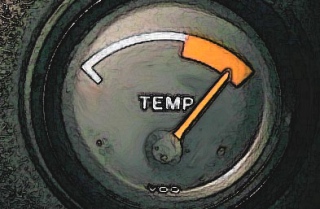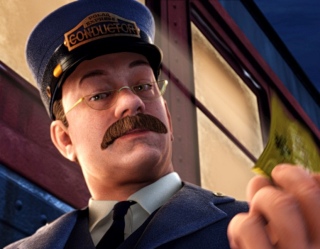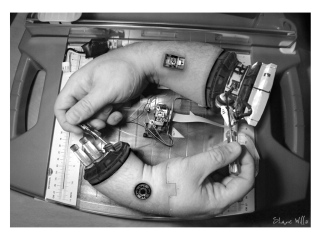
The Internet is, after all, an Outernet. The “Inter” refers to the interconnection of external networks by way of a common protocol. But there’s also a sense in which we imagine it as an external expression of our vast interior mental space. Sometimes this is called cyberspace, and it used to be described as the mental space we enter when talking on the telephone. Like our internal space, the Internet is mostly invisible to us, waiting to be uncovered through the focus of our attention. We commonly make sense of the Internet as an internal, private place. It’s a social space we project our thoughts into while in total isolation. The external digital artifacts that we produce in the course of our online activity have begun to function as an emulation of our internal space.
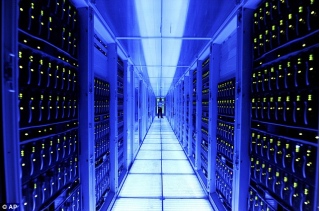
Recently emulation has gone meta. Starting long ago with the steam engine and continuing with the computer we have a set of tools capable of emulating the functionality of a whole range of other tools. The meta-level of emulation is emulating an operating system within a different operating system—emulating a platform in which emulated tools run. Internally we also emulate when we have an ambition to equal or surpass another and attempt to do so through a form of imitation. We internalize a platform on which to run the programs we admire.
There are two figures recently in the news who are engaged in forms of emulation. Just two guys you might see on public transit on the way to work.


The first is Sergey Brin. With his Google Glass project he begins to emulate Robert Downey Jr. In the film Iron Man.
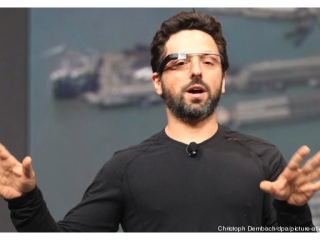

The second is Jorge Mario Bergoglio. By taking the name Francis, as Pope he begins to emulate Saint Francis.

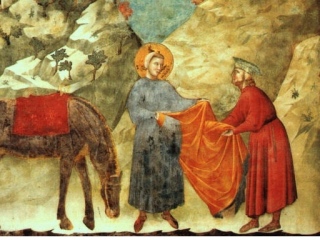
Each man is attempting to change the world. Brin with a wearable network computing device to augment human capability. Pope Francis by creating a poor church that is for the poor. Brin’s activities are well known, if not very well understood. Pope Francis’s project is perhaps more obscure—but it is also a technical response to the state of the world. It’s a strategy that could be viewed as the opposite of augmentation.
One way into understanding this idea of a “poor church for the poor” is to take a trip back to the 1960s and the poor theater of Jerzy Grotowski. Faced with the competition of television, the movies and broadway shows of increasing levels of technical sophistication, Grotowski attempted to isolate what was uniquely powerful in the theater. By stripping away everything, he arrived at a Poor Theater that focused on the actor-spectator relationship. He was a Saint Francis of the avant-garde theater.
From Jerzy Grotowski’s “Toward a Poor Theater”
What is theater? What is unique about it? What can it do that film and television cannot? Two concrete conceptualization crystallized: the poor theater, and performance as an act of transgression.
By gradually eliminating whatever proved superfluous, we found that theater can exist without make-up, without autonomic costume and scenography, without a separate performance area (stage), without lighting and sound effects, etc. It cannot exist without the actor-spectator relationship of perceptual, direct, “live” communion. This is an ancient theoretical truth, of course, but when rigorously tested in practice it undermines most of our usual ideas about theatre. It challenges the notion of theatre as a synthesis of disparate creative disciplines — literature, sculpture, painting, architecture, lighting, acting (under the direction of a metteur-en-scene). This “synthetic theatre” is a contemporary theatre, which we readily call the “Rich Theater” — rich in flaws.
The Rich Theatre depends on artistic kleptomania, drawing from other disciplines, constructing hybrid-spectacles, conglomerates without backbone or integrity, yet presented as an organic artwork. By multiplying assimilated elements, the Rich Theatre tries to escape the impasse presented by movies and television. Since film and TV excel in the area of mechanical functions (montage, instantaneous change of place, etc.), the Rich Theatre countered with a blatantly compensatory call of “total theatre.” The integration of borrowed mechanism (movie screens onstage, for example) means a sophisticated technical plant, permitting great mobility and dynamism. And if the stage and/or auditorium were mobile, constantly changing perspective would be possible. This is all nonsense.
No matter how much theatre expands and exploits its mechanical resources, it will remain technologically inferior to film and television. Consequently, I propose poverty in theatre.
Pope Francis employs a similar strategy when he envisions a poor church that is for the poor. Ever escalating levels of finery, technology, capital and broadcast platforms don’t get him closer to his goal. It’s only through emulating the poverty of Saint Francis that he can reach the connection he’s after. Even in an era of streaming high-definition 3D video with 5.1 six channel surround sound to any screen anywhere, for the message he’s sending, the signal is stronger from a poor church.
For Brin, the Google Glasses he wears wirelessly connect to a network of industrial cloud computing installations around the world. These external data sources are able to feed information as multiple media types into the local context to provide a highest level of personal augmentation. For the moment, Brin is one of the few who can take advantage of this new technology. The connection he’s after requires strong wireless broadband coverage and connection to a series of algorithms that send him information based on his particular personal, social and location data.

If we assume that every moment of life can be optimized when we are fed the appropriate sets of contextual information on which to base our moment-to-moment decisions, then the Google Glass will deliver us to a life lead to its fullest. Confronted with a shelf in a supermarket aisle filled with hundreds of brands and formulations of shampoo, we will finally be able to select just the right brand given our hair type. At last we will be able to make the right decision when choosing between Coke, Pepsi and some fancy new gourmet cola-flavored soda. The fit between Sergey’s consumption of the world and what is available to be consumed will be perfectly optimized given the existing data set. In fact, were it to reach perfection, his participation would hardly be required at all–achieving frictionless consumption.
Both Sergey and Francis have taken steps to become jacked in to the present moment. Each set of steps has an ethical underpinning—much in the way Schumacher discusses the operation of “value” in his essay on Buddhist Economics. What we accept as valuable sets the terms of the economy we live within. The same thing is true of a path to the now.




